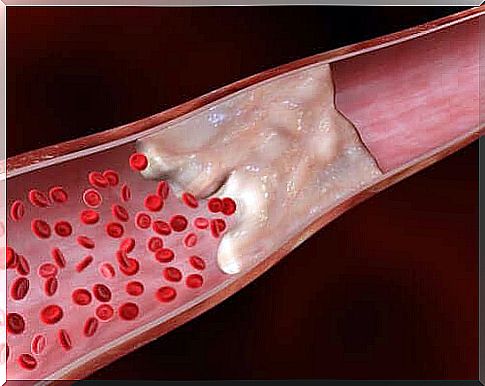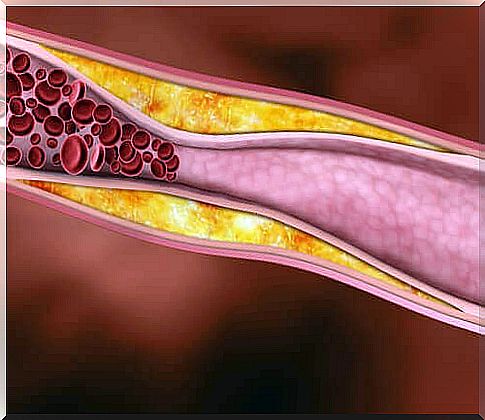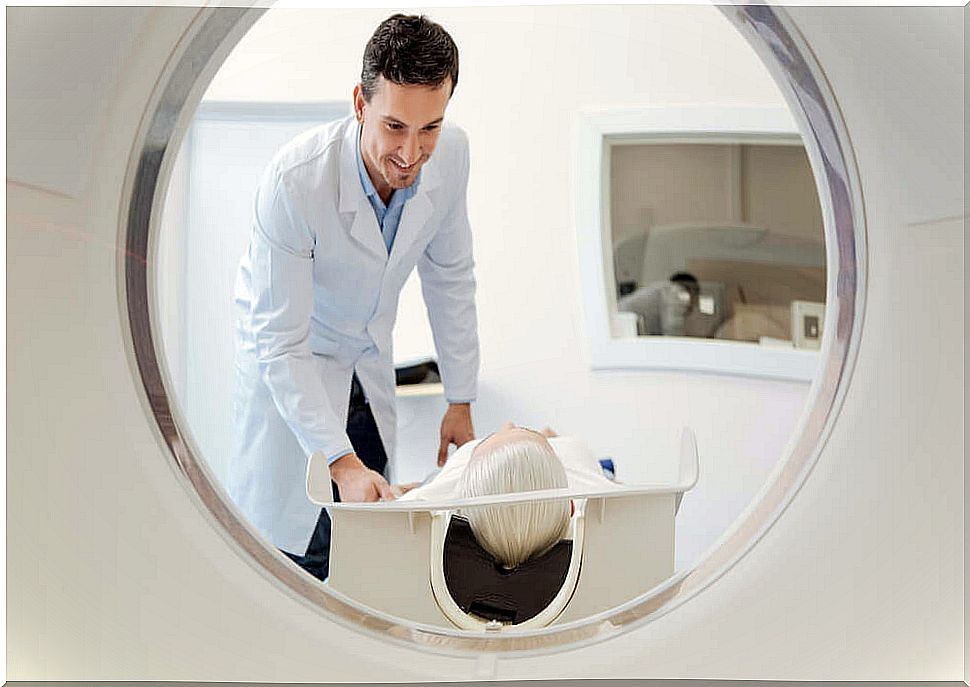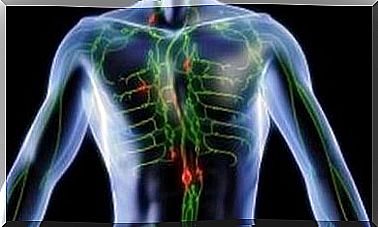Calcium In The Arteries And Cardiovascular Disease

The presence of calcium in the arteries is a risk factor for the development of cardiovascular disease. According to the World Health Organization (WHO), it is the leading cause of death in the world with an incidence of about 31%.
A buildup of calcium in the arteries is also known as vascular calcification. Various studies have shown that this condition is associated with the risk of death from cardiovascular disease, especially in patients with diabetes or kidney failure.
It is therefore important to undergo tests to determine the volume of calcium in the arteries, when indicated by the doctor. This will allow you to predict your heart attack risk percentage in the following years. This will take the necessary preventive measures.
Accumulation of calcium in the arteries

Accumulation of calcium in the arteries, or vascular calcification, occurs when calcium phosphate salts are deposited on the blood vessel wall. This causes a kind of calcification that limits the ability of the arteries to expand or contract normally.
If a deposit of fat, or other substance, also adheres to the arterial wall, part of the calcium phosphate calcification could break off. This condition affecting the coronary artery can cause a coronary infarction; if it occurs in the carotid artery, on the other hand, a cerebral infarction may occur.
And it is precisely in the coronary arteries and carotids that calcifications are most frequently formed, particularly in the elderly and in those with diabetes or renal insufficiency.
On the other hand, it is important to note that the accumulation of calcium in the arteries makes their walls more rigid. As a result, the heart has to work harder to bring blood to the tissues. Such a condition ends up damaging the heart and obviously increases the risk of cardiovascular disease.
What are the causes of vascular calcification
Bones and all the hard tissues in the body need phosphate and calcium to produce a substance called hydroxyapatite. Under normal conditions, the body produces inhibitors to prevent this substance from reaching and accumulating in soft tissues, such as blood vessels.
In some circumstances, however, these inhibitors are not produced or do not perform their function. This occurs especially after the age of 50, in the presence of diabetes and / or renal insufficiency. Here is where calcium accumulates in the veins.
A number of scientific studies indicate that there is a correlation between calcification of the arteries and bone loss caused by osteoporosis. Experts pointed out that the greater the bone loss, the greater the calcification of the arteries. The topic, however, is still being researched.
Testing of calcium levels in the arteries

An examination to assess the presence of calcium in the arteries is advisable for people at risk of heart disease, even if not overt. Factors such as high blood pressure, diabetes, kidney failure, family history, and others are taken into consideration by the doctor when assessing the need for the test.
The analysis of calcium in the arteries is performed by means of a CT scan. It lasts about 30 minutes and allows you to determine the volume of calcium present in the walls of an artery. The higher the score, the higher the risk of heart disease.
Based on the results, the doctor will determine the risk and indicate the measures or treatment to follow to reduce the danger. These often include lifestyle changes or changes in treatment for concomitant health problems.
The absence of calcium in the arterial walls, however, does not indicate that there is no risk of a heart attack in the years to come. The exam is not recommended for those who do not have risk factors for heart disease, as it could create unnecessary alarmism.









